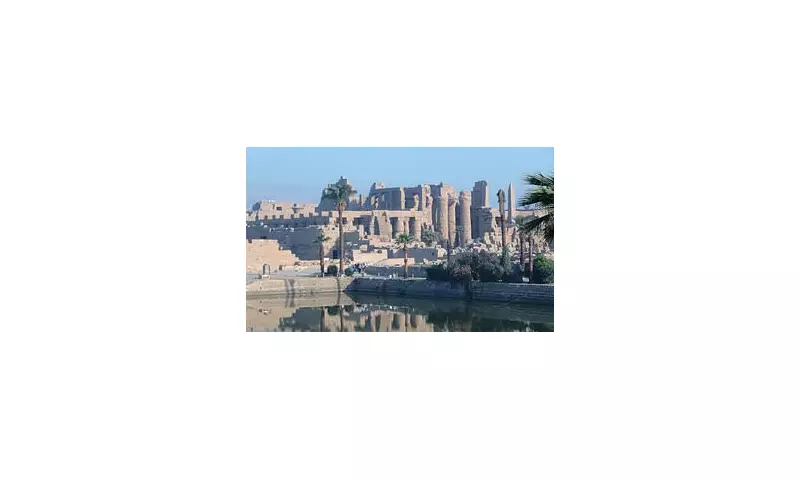
For centuries, the magnificent Karnak Temple complex has stood as one of Egypt's most awe-inspiring ancient wonders, but its true purpose has remained shrouded in mystery. Now, a revolutionary study has finally unravelled the secrets of this 4,000-year-old monument, revealing it was constructed as the ultimate place of worship for Amun-Ra, the supreme and most powerful god in the Egyptian pantheon.
The Divine Power Centre of Ancient Egypt
Located near modern-day Luxor, the sprawling Karnak Temple complex represents one of the largest religious sites ever built. Covering approximately 200 acres, this ancient marvel consists of multiple temples, pylons, and chapels that were constructed and expanded over more than 1,500 years.
The recent research reveals that every aspect of Karnak was meticulously designed to honour Amun-Ra, often called the 'King of Gods' in ancient Egyptian religion. This deity represented the combination of two powerful gods: Amun, the hidden god of creation, and Ra, the sun god.
Architectural Marvels Aligned with the Heavens
Archaeologists have discovered that the temple's layout and orientation were deliberately aligned with celestial events and religious symbolism related to Amun-Ra. The study shows how:
- The main axis points toward the setting sun during winter solstice
- Sacred lakes and obelisks were positioned according to religious texts
- Hieroglyphic inscriptions detail specific rituals performed for Amun-Ra
- The complex served as the administrative and spiritual heart of Egyptian religion
A Timeline of Divine Construction
The research traces the temple's development through different Egyptian dynasties, with each pharaoh adding new structures to honour Amun-Ra. The construction timeline reveals:
- Middle Kingdom (c. 2000 BCE): Initial construction begins under Senusret I
- New Kingdom (1550-1070 BCE): Major expansion under famous pharaohs including Hatshepsut and Ramesses II
- Later Periods: Continuous additions and modifications until the Ptolemaic period
'This wasn't just another temple,' explains the lead researcher. 'Karnak was designed as the ultimate earthly dwelling place for the most important deity in the Egyptian universe. Every stone, every corridor, every inscription was meant to reflect Amun-Ra's supreme power.'
The Legacy Continues to Captivate
Today, Karnak Temple remains one of Egypt's most visited archaeological sites, attracting millions of visitors annually who marvel at its towering columns, massive statues, and intricate hieroglyphics. This new research provides visitors with deeper insight into what ancient pilgrims experienced when they approached this sacred complex.
The study not only rewrites our understanding of ancient Egyptian worship but also demonstrates how religious architecture was used to manifest divine power on earth. As excavations and research continue, archaeologists believe even more secrets await discovery beneath the sands of time.





